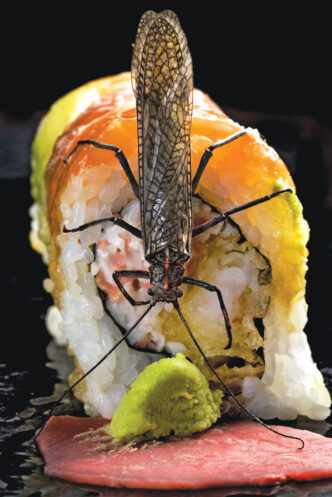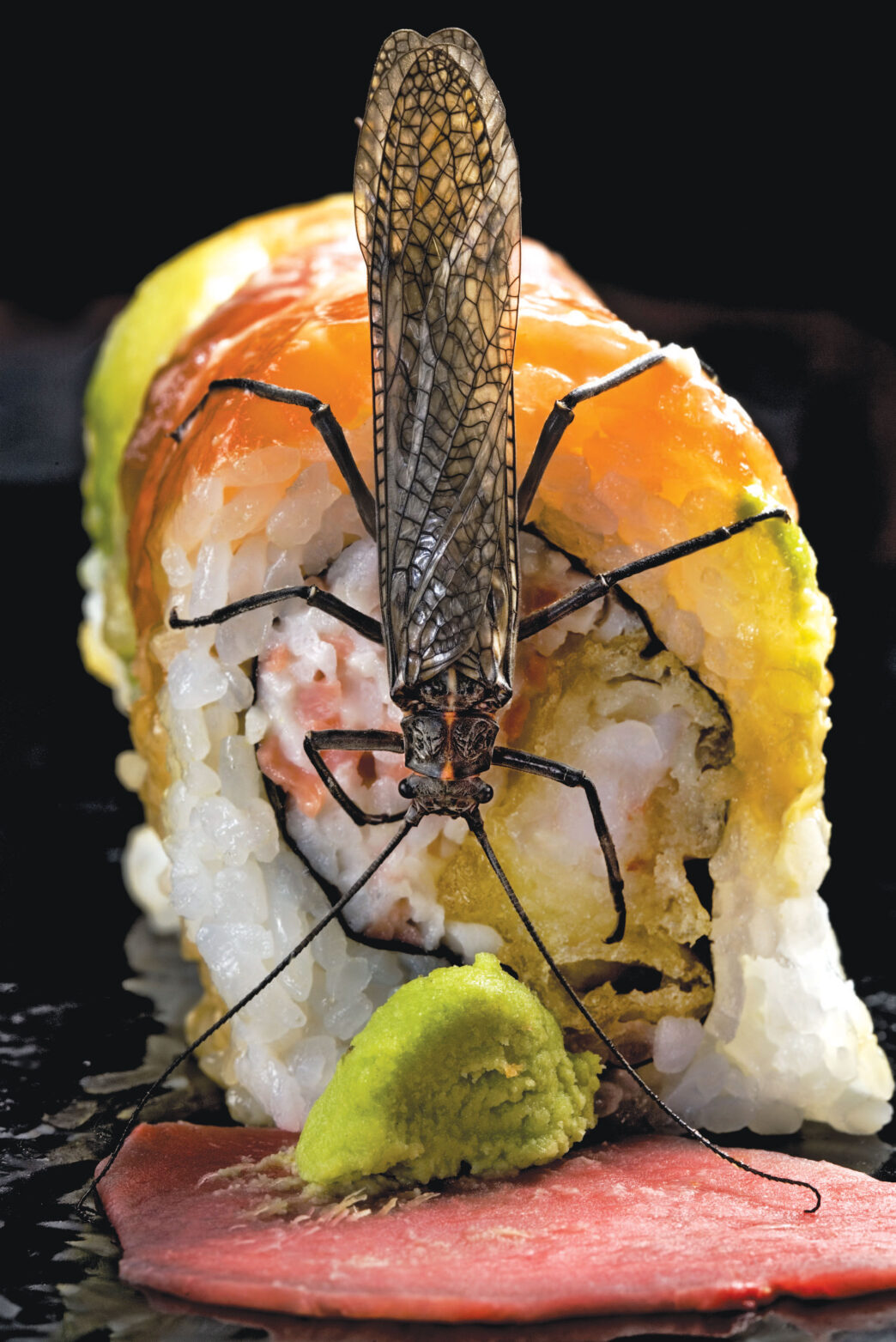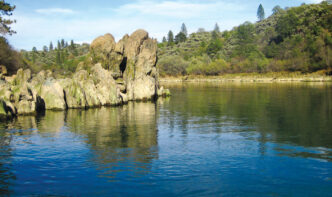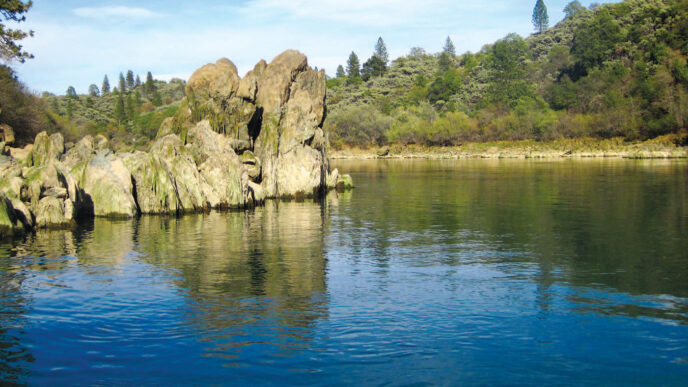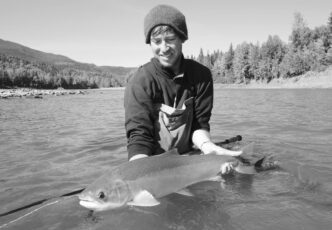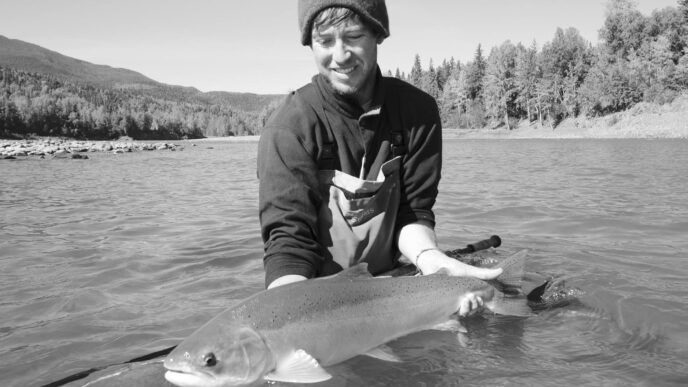About the Artist
I was fresh out of high school and two thousand miles away from my childhood home back in the ’burbs of Detroit, Michigan. I was a freshman at Yuba College, located in what, according to Time magazine, was the worst place to live in all of the U.S. of A.: Marysville, California. Yet there I thrived 31 years ago. There I found myself in the red-light district — not where sex trades for greenbacks and dirty needles, but instead in a place where I stood stooped over in a dark room, where a lone red bulb hung from the ceiling and magic conjured forth the silvery image of a moment captured with the speed of light through the bladed iris of a focused lens.
It seemed a natural place for me to be. Hours ticked off in that dark space. My young face hovered inches over its reflection on the surface of water and developer. Slowly, methodically, my hands made waves in a magic lake contained in a porcelain pan where a thin sheet of blank paper rocked back and forth, submerged like a sunken treasure ship awash in the ocean’s currents. Then, ever so slowly, the whiteness of the paper ship would begin to darken. A vague image, ghostlike, grew ever more distinct upon its deck of fibers. I was witnessing the birth of a photo. I will never forget those long hours in that darkened room.
That now seems like a long time ago. Photography has changed in many ways. Enter the age of digital photography. No longer does one have to stand over toxic chemicals under a red light. My Apple computer is my lab. My little bedroom is my studio. I do not use the rolls and rolls of film that back then I couldn’t afford to purchase and develop into a final print. Instead, I carry several memory cards that are easily downloaded to a portable external hard drive. Need more film? Nah, I just erase files and place the card back into its slot of my Digital 35-millimeter 12-megapixel Canon 5D. The silvered chemicals of yesterday’s plastic film have been superseded by mathematics. The light spectrum striking my camera sensor is organized into a sequence of numbers, digits gathered into pixels. The digits are processed in an onboard computer in the camera body. The computer translates the number sequence into an image onto the memory card. I push a button on my camera, and there it appears — the image that was before me, now glowing on my viewing screen.
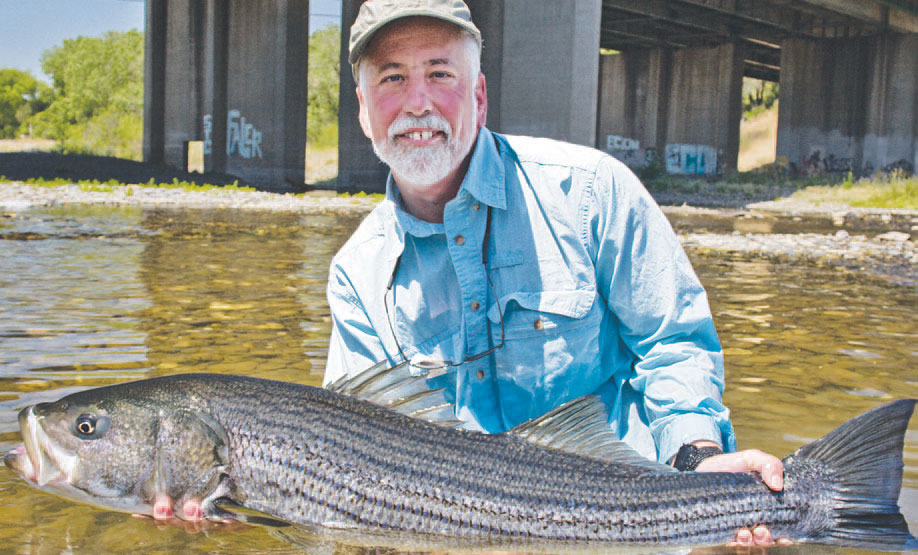
Yes, there have been many changes. I miss that dark space and the magical conjuring of the image swimming in its chemical bath. I miss that weird light softy painting everything in the room an alien red. But I do not miss the chemicals. Most importantly, I have not lost the excitement and the adventure of walking into nature and taking a snapshot, capturing a moment in time and creating a sense of place, defining a sense of space. As an artist, I gather the nebulous, that mysterious shifting instance of time, and fashion it, organize it into something concrete, something tangible — a photo engaged in exciting the eye and the imagination. You can see my photography at http://andyguibord.zenfolio.com.
Andy Guibord



